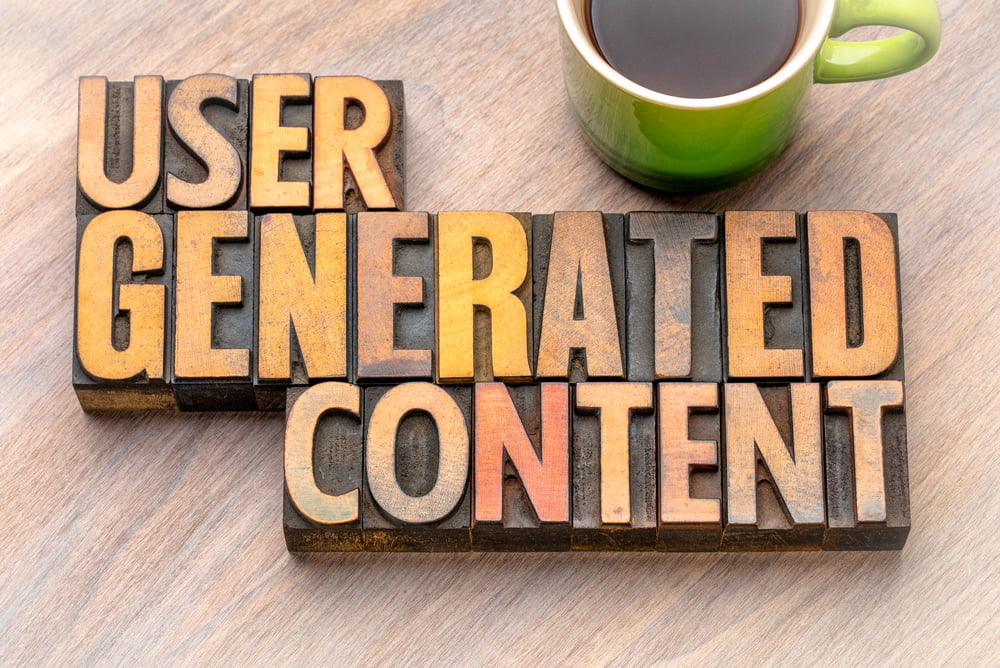
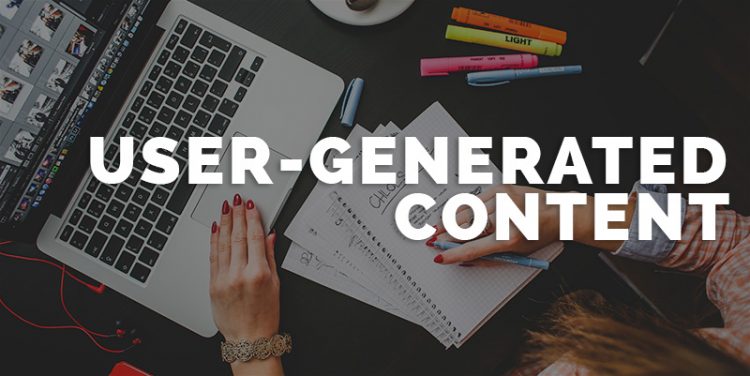
What happens when your consumers become your marketers? What happens
when they take charge of posting and publicizing your products and services?
The results are amazing.
With UGC (user-generated content), brands can experience significant growth in
their marketing efforts.
But what is UGC? And how can it be implemented?
In this article, you will learn:
● The definition of UGC.
● Stats and statistics of UGC.
● The significance of UGC on brand messaging.
● Common examples of successful UGC campaigns.
What is UGC (User-Generated Content)?
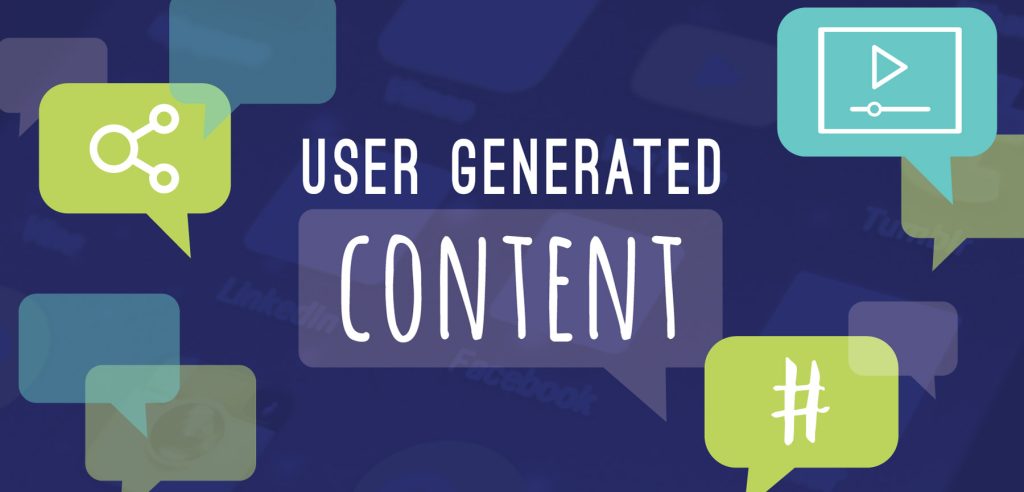
User-generated content (UGC), is any content that is created and published by a
user.
It is authentic, unfiltered, and unsolicited.
Some examples of UGC are:
● Social Media Posts: When customers share photos, videos, or reviews of their
experiences with your products or services on platforms like Instagram,
Twitter, or Facebook.
● Product Reviews: When consumers share honest and detailed reviews on your
website or popular review sites, such as Yelp, Google Reviews, or Amazon.
● Blogs and Vlogs: When users create their content, like blog posts or YouTube
videos, to share their stories or knowledge about the use of your products or
services.
● Hashtags: When users use your brand-related hashtags to share their
experiences using your products/services.
Unlike influencer marketing where popular influencers are paid to create content,
UGC is created by real average users. This authenticity makes it one of the most used
techniques in marketing.
Statistically, 80% of consumers say UGC highly impacts their purchasing decisions.
This makes it 8.7x more impactful than influencer content, and 6.6x more influential
than branded content.
What does this mean for business owners? It means that UGC not only helps to
increase sales but can also impact brand messaging with its authenticity.
Here’s how…
The Significance of UGC on Brand Messaging
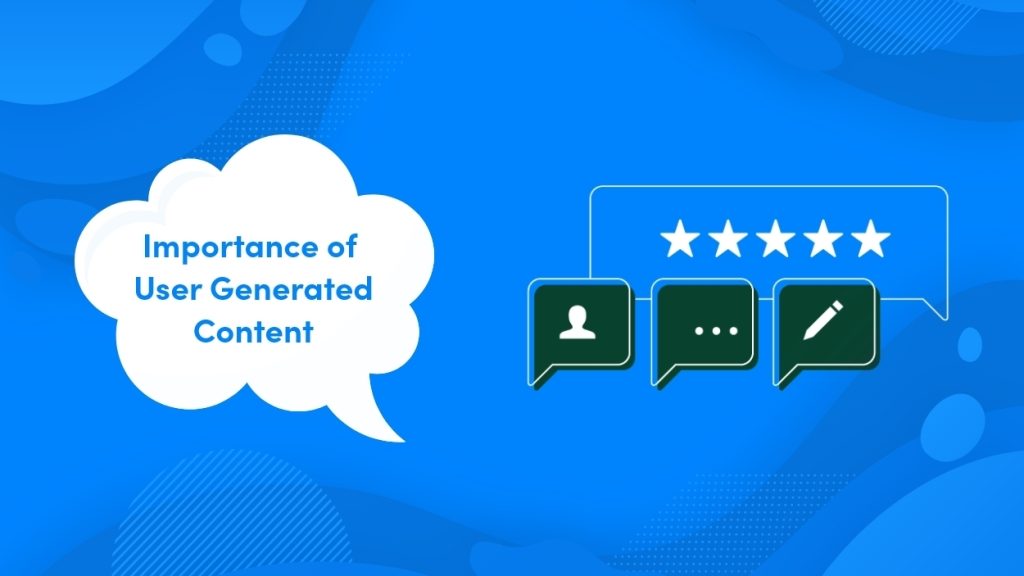
People trust organically generated content, otherwise known as UGC, more than
they trust any other form of content.
As a business owner, you can easily utilize this trust by reposting or repurposing the
content generated by your users.
In the statistics above, 72% of consumers said that “real customer photos and videos
are the content they most want to see on eCommerce sites”, as this convinces them
of the authenticity of the brand.
Therefore, we can say that UGC creates a perception of trust in brand messaging.
But this is not all, below are more significant ways UGC impacts brand messaging.
Emotion and Connection
UGC often carries with it the emotions and stories of your users. When you
incorporate these narratives into your brand messaging, you no longer sell a product
or service; instead, you sell an experience.
These stories create an emotional connection that resonates with your audience.
Diversity and Inclusivity
UGC allows you to showcase a diverse range of voices and perspectives, which can
help you connect with a broader audience.
As different consumers from all over the world publicize your product or service, you
gain increased traction and more recognition. This ultimately leads to more sales in
business.
Feedback and Improvement
UGC can also serve as a valuable source of feedback.
Seeing as users can freely create authentic content, there is no central authority
governing the types of content they create. This means that they can also create
negative content.
With a combination of negative and positive UGC, you can learn both positive and
negative user experiences and use this information to improve your products or
services.
By listening to your customers, you can show that you care about their opinions and
are committed to making their experiences better.
Community Building
UGC can foster a sense of community around your brand. When users interact with
each other through your products or services, it creates a shared sense of identity.
Embracing this community can lead to more engaged and loyal customers.
Let’s now look at a few examples of successful UGC campaigns.
Two Examples of Successful UGC Campaigns
Below are some examples of successful UGC campaigns to inspire you.
Aerie
Aerie is a popular American lingerie and apparel brand that successfully leveraged
UGC to promote body positivity and inclusivity.
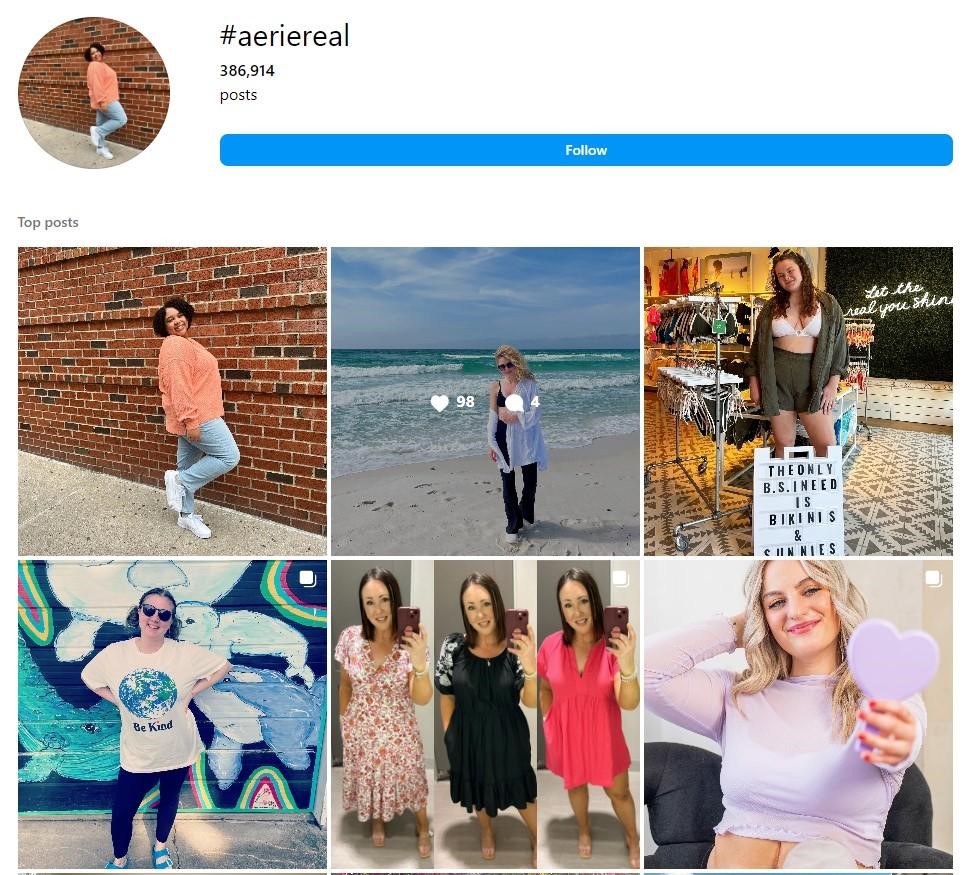
Source: Instagram
The #AerieReal campaign was launched to encourage users to share unedited
photos of themselves on social media.
The campaign aimed to showcase diverse body types and promote healthy realistic
representations of beauty.
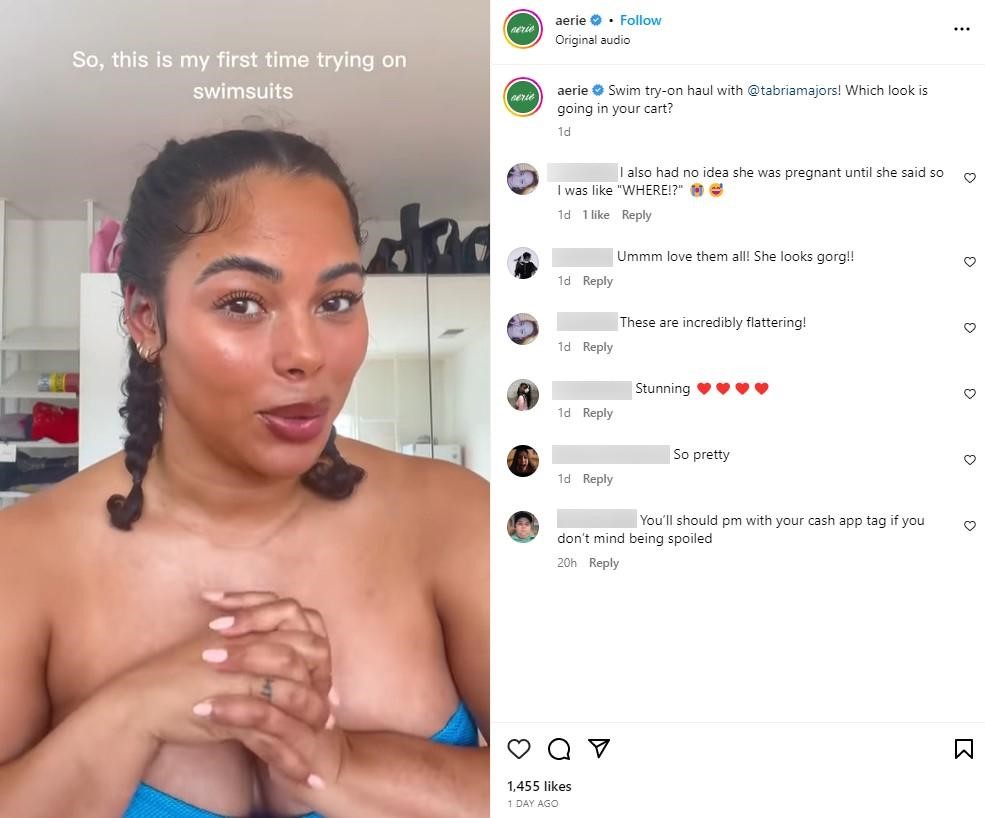
Source: Instagram
When users create these posts, Aerie then features them on their official social
media platforms to inspire more users to join in the campaign.
Ipsy
Ipsy is a makeup brand, which was founded 12 years ago. Over the years, they
leveraged UGC as a means of creating interactive and personalized customer
experience.
They achieved this through their Glam Bag program. Here, users receive a curated
selection of beauty products. Each user is then encouraged to share their unboxing
experiences on social media using the hashtag #ipsy.
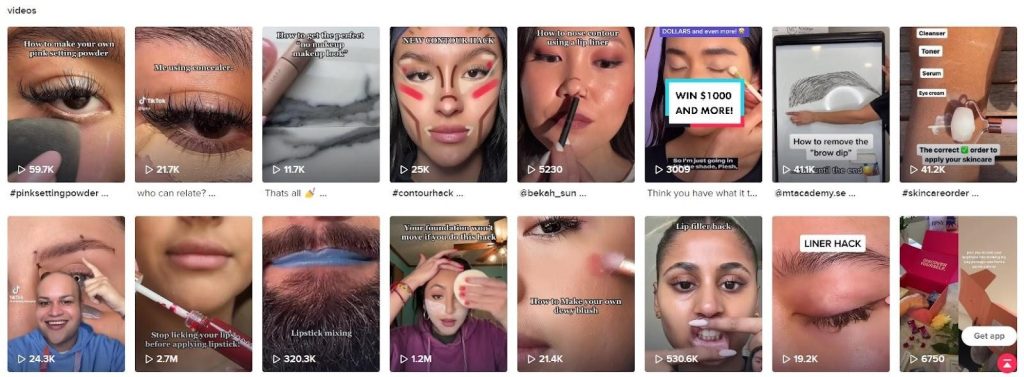
Image Source: TikTok
When they crest and publish these unboxing videos, Ipsy then features some of
these UGC posts on their official website and social media channels.
Conclusion

Please keep in mind that incorporating UGC into your brand messaging is not just
about sharing random user posts.
It is about curating and utilizing these stories strategically to create a compelling
narrative that humanizes your brand.
Be respectful of user privacy, ask for permission when necessary, and always give
credit where it’s due. By leveraging UGC effectively, you can build stronger
connections with your audience and foster a sense of community.
So, don’t just tell your story; let your users tell it for you.
